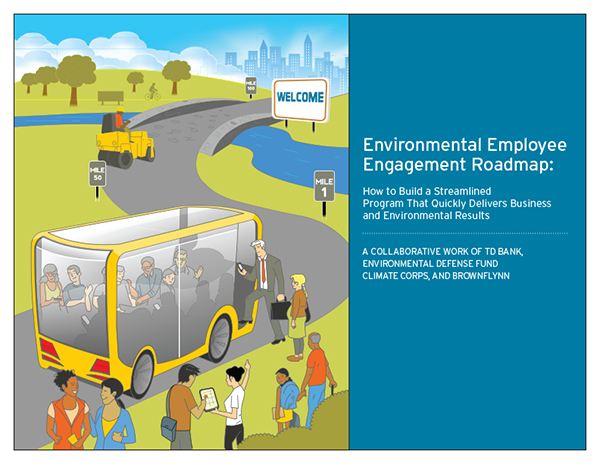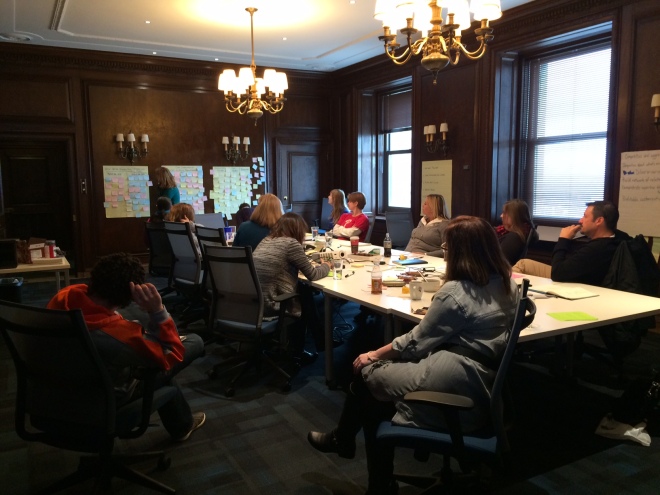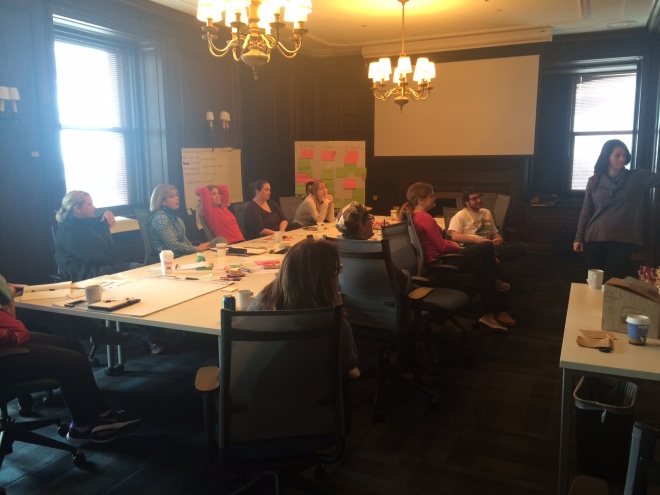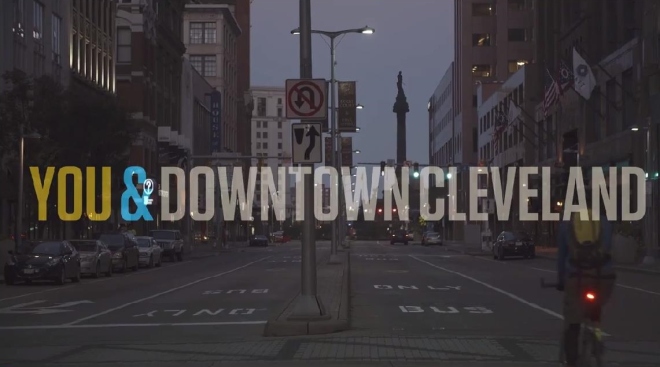By Margie Flynn and Mike Wallace
Scrutiny of how companies handle sustainability governance — the “G” in the ESG triad of environmental, social and governance issues — won’t be subsiding anytime soon.
While the United States tunes into presidential debates over the governance of the entire nation, governance of sustainability issues is rapidly increasing as one of the most important business concerns of our time.
More eyes around the globe are watching public and private companies, as well as public agencies, to ensure greater accountability for managing, measuring and reporting their collective ESG impacts.
To read the full blog post visit GreenBiz.com.















